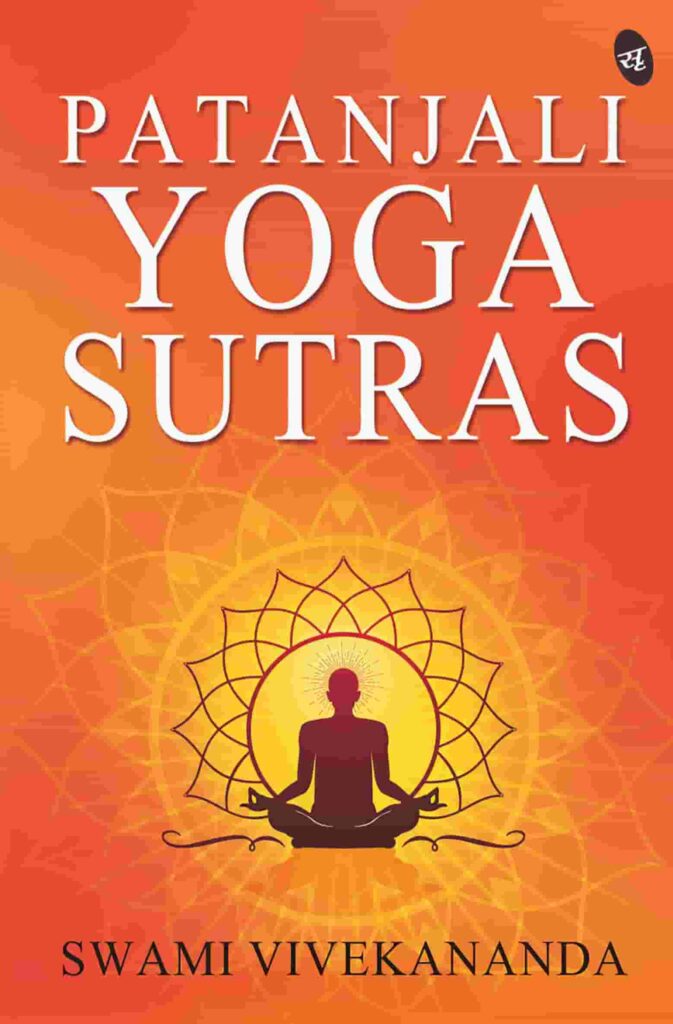Major yogic texts explained
MAJOR YOGIC TEXTS
Major Yogic texts explained
These are the major yogic texts explained, the most important ancient texts and books which are essential for the foundations of yoga. There are many, but they could be summarised into these five:
1. Vedas
2. Upanishads
3. Bhagavad Gita
4. Yoga Sutras
5. Hatha Yoga Pradipika
Vedas
The Vedas are the oldest texts of the Vedic tradition and date back to around 1500 BCE to 1200 BCE. They are a collection of ancient religious and philosophical texts that form the basis of Hinduism and are considered the oldest scriptures of India. They have played a fundamental role in Indian culture, religion, and philosophy for thousands of years. There are four main Vedas: Rigveda, Yajurveda, Samaveda, and Atharvaveda.
Upanishads
These are a collection of philosophical and spiritual writings, considered as the last part or culmination of the Vedas. They were composed at different times between 800 BCE and 200 BCE, approximately. The Upanishads are often called “Vedanta,” which means “the end of the Vedas” or “the culmination of Vedic wisdom.” These texts explore the deeper dimensions of spirituality and philosophy, focusing on the quest for ultimate truth and spiritual realization. They include the concept of Atman (the individual soul) and Brahman (the supreme reality). Besides, these texts contain teachings on meditation and self-realization. Although the Upanishads are related to the Vedas and are considered an important part of the Vedic tradition, they are not an intrinsic part of the four main Vedas. However, throughout history, the Upanishads have had a significant influence on religious and philosophical thought in India and have been instrumental in the development of Hindu philosophy.
Bhagavad Gita
The Bhagavad Gita is a sacred Hindu text that presents a dialogue between the prince Arjuna and the god Krishna. Throughout the conversation, Krishna teaches about morality, devotion, and the purpose of life. Moreover, yoga is addressed in Chapter 6, where Krishna explains the concept of Karma Yoga, Jnana Yoga, and Bhakti Yoga. It is estimated to have been written between the 5th and 2nd centuries BCE.

Yoga Sutras
Compiled by Patanjali, the Yoga Sutras are considered one of the fundamental texts of yoga. The Yoga Sutras consist of 196 aphorisms that describe the path of yoga in eight stages or limbs of Raja Yoga, known as Ashtanga Yoga. It is estimated that they were written around the 3rd century BCE. There are many new versions of this ancient book, usually commented or explained by some yoga masters as well.
Hatha Yoga Pradipika
Written by Swami Swatmarama, it is a classical text that specifically focuses on Hatha Yoga. It describes the physical and breathing practices of yoga, such as asanas (postures), pranayama (breath control), mudras (symbolic gestures), and bandhas (energy locks). It also provides guidance on how to perform these practices. It was written sometime between the 14th and 15th centuries AD.
Major Yogic texts explained
